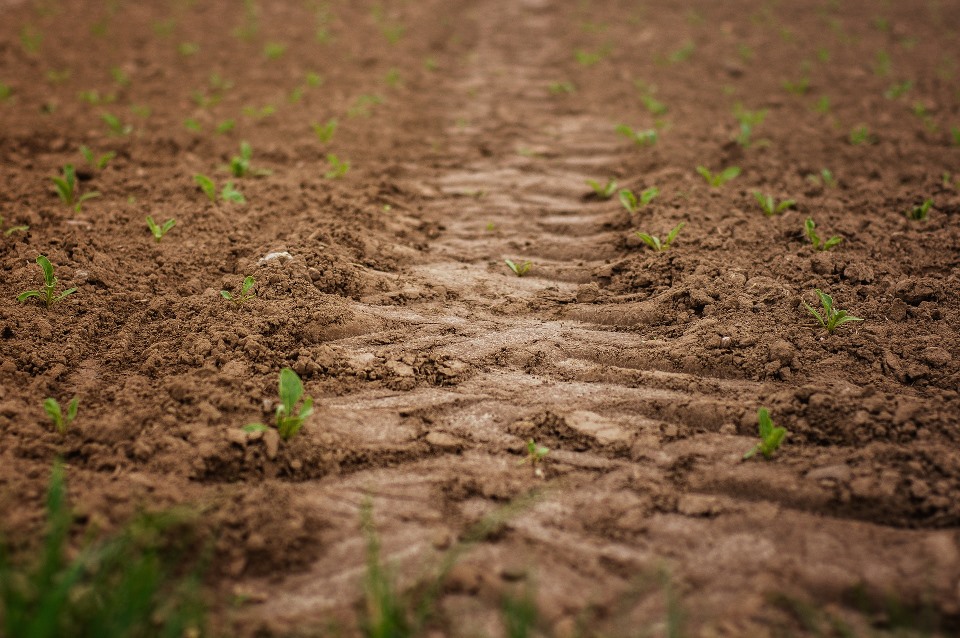Weeds in Winter Oil Seed Rape – Sept 2019
8 September 2019For crops not treated pre-emergence, there are a number of metazachlor-based herbicides that can be applied once the crop has two expanded cotyledons. Generally speaking, formulated mixes are a better option post-emergence than straight metazachlor as they give root or shoot uptake rather than only the root uptake with straight metazachlor.
Follow-up options for broad-leaved weeds in the past have been limited, so the new herbicide halauxifen-methyl + picloram is a useful new autumn post-emergence option. It controls a wide range of broad-leaved weeds post-emergence between 1 September and 31 December. Weeds still need to be quite small when treated – at the 0.25 l/ha dose rate between 1 and 5 cm high/across, weed size depending on species. At the 0.5 l/ha dose rate, shepherd’s purse and cleavers are controlled up to 10 cm high/across and corn poppy up to 8 cm high/across. The 0.5 l/ha dose rate can’t be applied until 15 September.
For grass weeds, a graminicide applied when volunteer cereals and grass weeds are small is a good strategy. Controlling them early enables a lower dose to be used and allows the crop to grow away. If problem grass weeds are an issue then the early graminicide can be followed by a propyzamide-based product later in the autumn once the soil temperature has fallen below 10°C.
Sign up to the FAS newsletter
Receive updates on news, events and publications from Scotland’s Farm Advisory Service

